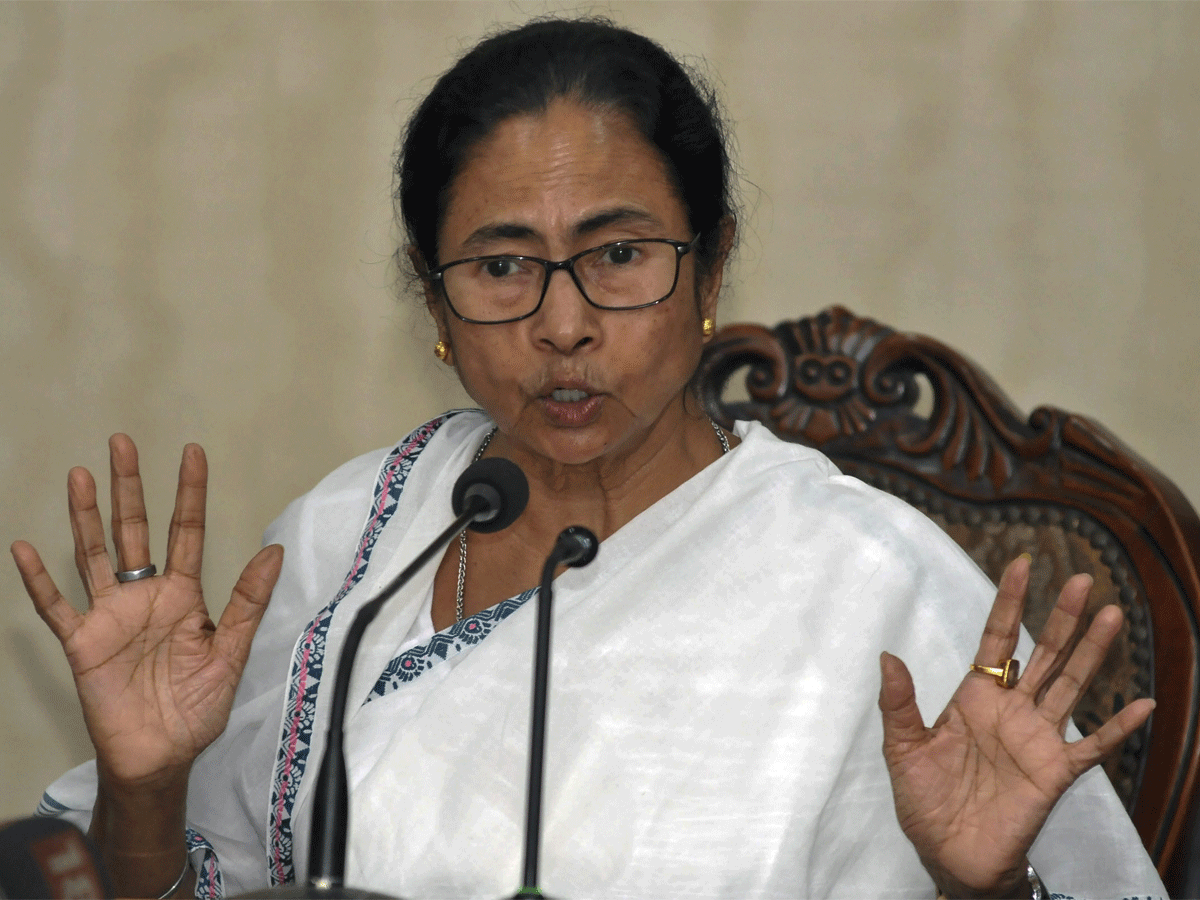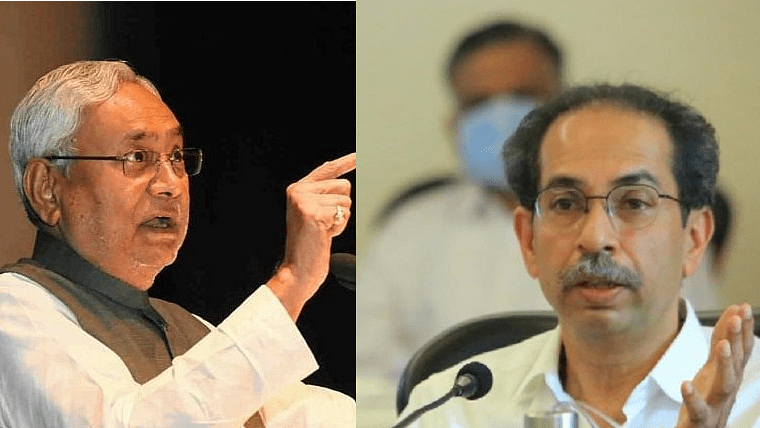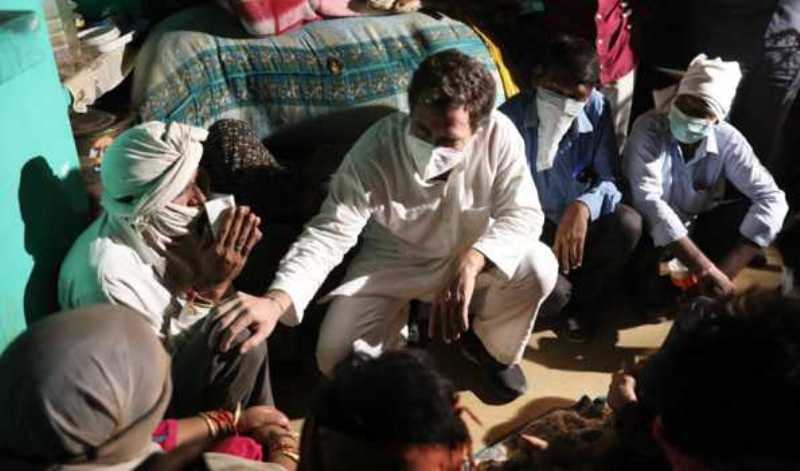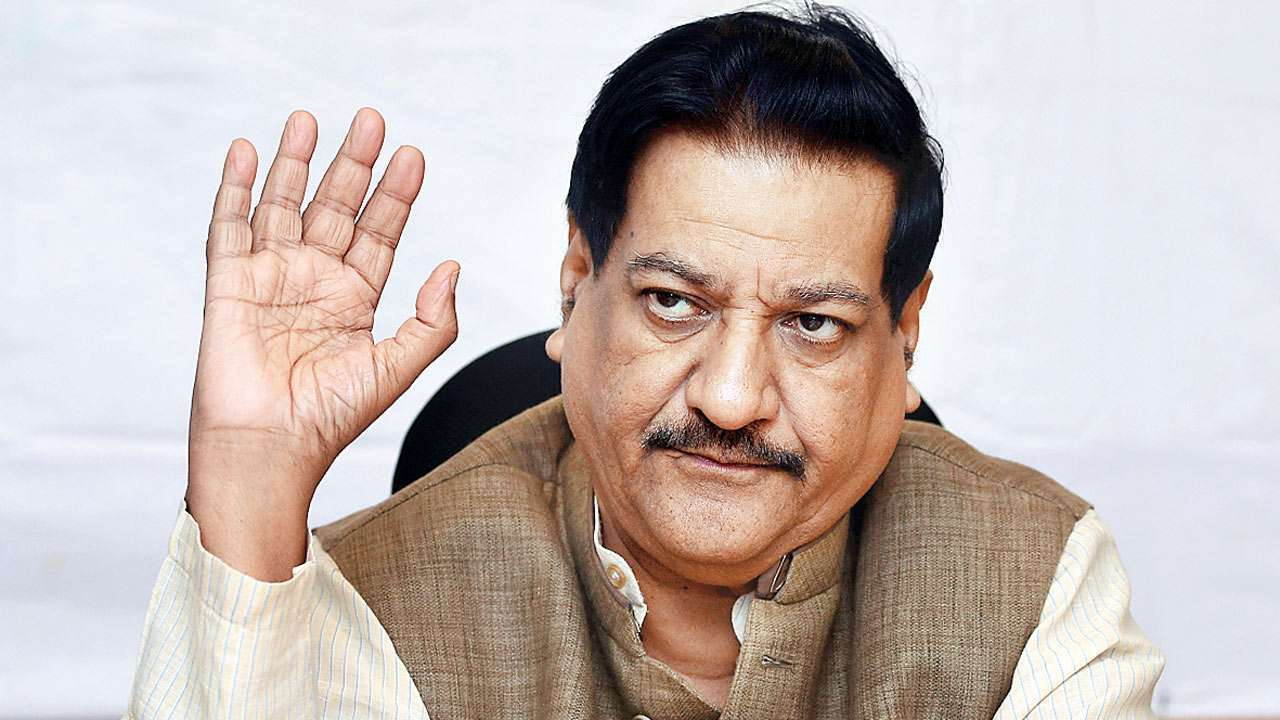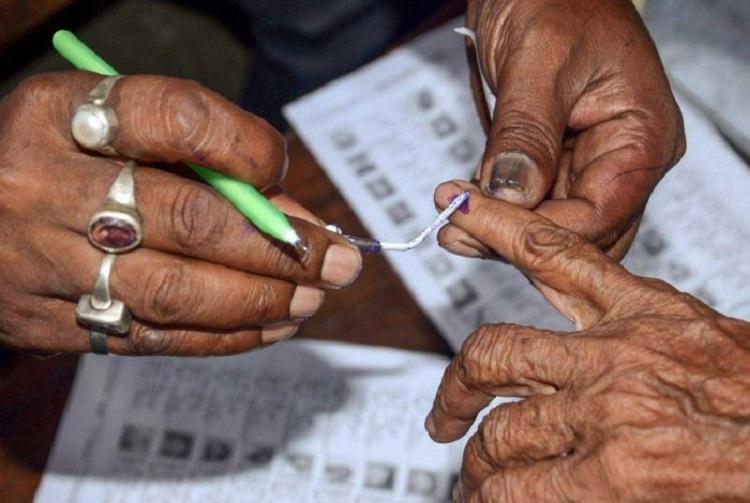The high command of the Indian National Congress has formally approved an alliance with the Left Front for the upcoming assembly elections in West Bengal, state party chief Adhir Ranjan Chowdhury said on Thursday.
In October this year, the CPM central committee had decided that the party and the Left front would have an electoral understanding with the Indian national Congress to fight against the ruling Trinamool Congress and an aggressive BJP in West Bengal, where both the CPM and Congress have been facing an existential crisis.
Also see: Trilateral fight in West Bengal election 2021
In November, after Congress leader Rahul Gandhi’s online meeting with Adhir Ranjan Chowdhury and some other state leaders, sources had said that the party would begin seat-sharing talks with the Left Front after interim Congress president Sonia Gandhi gave the green signal.
Though the seat-sharing talks before the last Assembly polls and the 2019 Lok Sabha election, when the two sides failed to reach an agreement were not plain sailing, Congress reaped the benefits both the times in terms of seats won as it has a high concentration of voters in select constituencies in north Bengal.
Also see: Battleground of Bengal election 2021
The Left Front had failed to win a single seat in the 2019 Lok Sabha polls, losing security deposits in 39 constituencies while the Congress had bagged just two seats, losing security deposits in 38 other constituencies. On the other hand, the BJP had won 18 of the 42 Lok Sabha seats, only four behind TMC’s 22 seats, announcing itself as a formidable force in the Bengal political arena.
In 2016 Bengal assembly polls, the Left Front and Congress together had won 76 out of 294 seats in West Bengal after garnering about 38 percent vote share. The Left Front received 26 percent of the votes, while the Congress got only 12 percent. Despite such a low vote share, Congress won 44 seats, while the Left Front managed to bag only 32.
In the meeting last month, the Pradesh Congress leaders had unanimously argued for the alliance. The discussions to firm it up got delayed following the party’s electoral setback in Bihar. The Congress high command took special note of the party’s depleting vote share in Bengal, which was down to 6.29 percent in 2019, while the BJP’s was 40 percent and the Trinamool Congress’ was at 43 percent.
Needs and benefits of a three-way alliance between TMC, Congress, and the Left
BJP has gone to the Bengal which goes to the poll in the early half of 2021, with all guns blazing. It has parked there, the head of its IT Cell. A Bengal-specific division of the raucous Republic TV, which peddles the BJP narrative, has been bankrolled with the channel/ media outlet recruiting locals into its wing. TMC, BJP, and a CPM-Congress combine have hinted that they will fight each other in the polls. But facts and the political winds are chiming one simple arithmetic, that there cannot be a three-way election in 2021. That would mean an advantage for BJP, as it will cannibalize on the factionalism in the former and on the irrelevance of the latter. If the BJP is to be defeated, the TMC and the Left-Congress combine must come together to form a strategic alliance. There is immediate and successful precedence of coalition victory in Maharashtra, while Bihar’s scenario can give hopes of a non-BJP future.
Such a three-way alliance is going to ensure, mathematically speaking, an unassailable political behemoth. It will also be electorally insurmountable even if the BJP unleashes its most diabolic campaign. An alliance will also cut down on cost, disincentivize defection and allegations of dynasticism in TMC. It would also minimize the political violence that Bengal routinely witnesses before polls. These are quantifiable gains on which the three, i.e. TMC, Congress, and Left led by CPIM must think. Such a strategic and timely alliance would successfully turn the tables on BJP’s spin doctors, while ensuring that Bengal does not suffer the ignominy of having fallen to the ultra-right and the false pretense of narrow-minded nationalism with a strong tinge of communalism.


